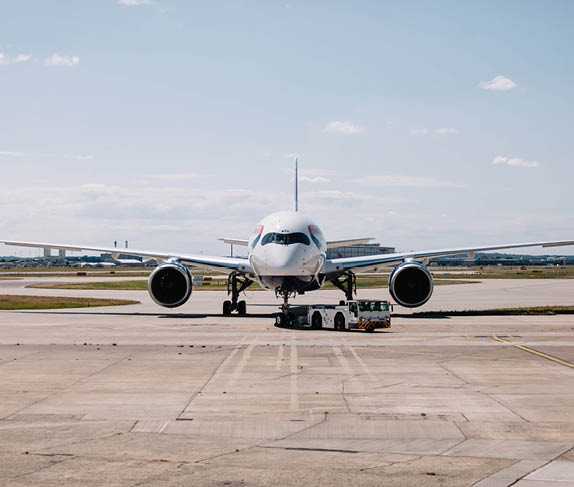This week a team of British scientists will unveil a major technological advancement – billed as a crucial step in the emerging scientific field – at a Royal Society meeting in London. The research, which a team of University of Bristol scientists have spent the past three years working on, would allow aircraft wings to repair themselves mid-flight following a bird strike. The team's leader Professor Duncan Wass said he expected consumers to be able to purchase self-healing products in the "very near future". The researchers worked with aerospace engineers at the university to look at ways to prevent tiny cracks forming in an aircraft's wings and fuselage.
The solution they came up with involves adding tiny, hollow "microspheres" to the carbon fibre composite materials used widely in the manufacture of commercial aircraft wings. These break on impact, releasing a liquid healing agent which seeps into the cracks left by the damage.
It then comes into contact with a catalyst which triggers a rapid chemical reaction that causes the agent to harden. The material was found to be just as strong after it was "healed".
"We took inspiration from the human body," Professor Wass said. "We've not evolved to withstand any damage -- if we were like that we'd have a skin as thick as a rhinoceros -- but if we do get damaged, we bleed, and it scabs and heals."
"We just put that same sort of function into a synthetic material: let's have something that can heal itself."
The MRO sector is likely to be widely affected by this new technology over the coming years as checks could be made far cheaper with the help of the technology. A dye could be added to the healing agent causing any damage to an aircraft to show up like a bruise. Engineers would therefore be able to identify damaged areas quickly when examining the plane - but a tweak would be made to cater for nervous fliers, so ultraviolet lights seem to be the order of the day.

